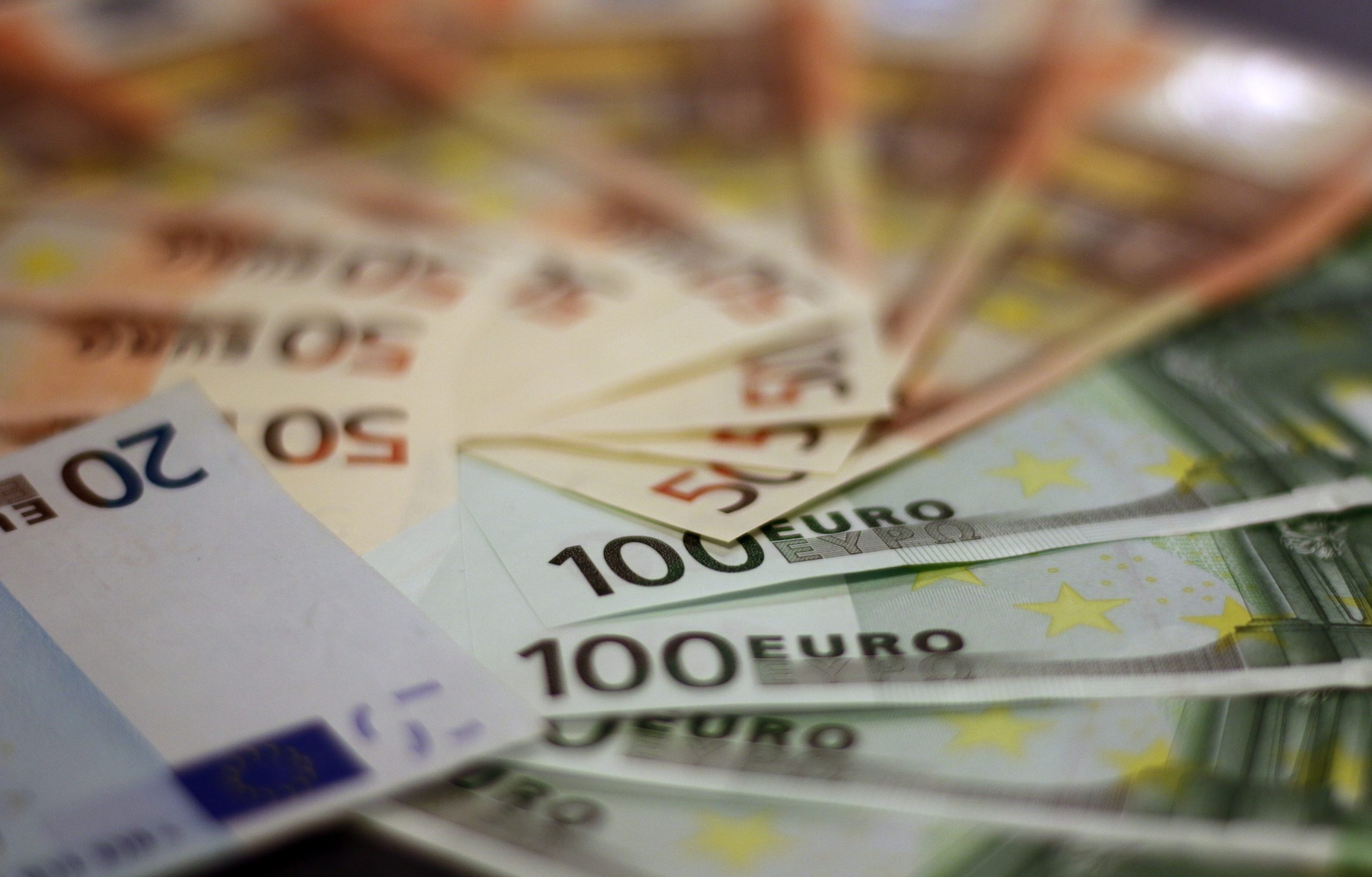European (Transatlantic Today)-Could a European recession occur in 2022? As Europe edges closer and closer to winter, a fragile economy looms on the horizon. Ongoing concerns, such as energy rations, record-breaking inflation, and tighter monetary policies continue to worsen as we approach fall and winter.
Manager’s indexes are projected to show another month of shrinking in the output from the private sector.
Germany, France, and Italy’s business confidence index reflect the worrying projections. Amid the surge in energy costs, a shortage of supplies, and a suffering industrial base have made Germany and the surrounding regions emerge as a major weak spot in Europe.
There are hopes in Germany that consumer spending was strong enough to offset the decline in output for now. The European Central Bank will be holding a meeting in less than two weeks to discuss the monetary policy and data to try to avert the potential coming recession.
The European Central Bank President Christine Lagarde is expected to make a major move as inflation rises to almost 9 percent. She was quoted stating that to survive the winter and avoid a total recession state, the markets must bring inflation down to 2% across industries.
Many Central Bankers are heading to Jackson Hole, Wyoming, for the annual Economic Policy Symposium – where they’ll discuss the rising inflation and other economic issues and the potential solutions for them.
The rest of Europe faces many problems as well. Russia faces an industrial slump and energy output falling due to a standoff with the rest of the continent. Iceland is expected to raise its rates to 5.5% as a housing boom raises pricing quickly. Inflation and growth cause the Bank of Israel to increase its benchmark by another half a point; this is capped off with the fastest price gain since October 2008. Even Botswana is expected to increase rates in an attempt to lower the average inflation of the country.
Europe’s path to avoiding recession requires slowed price growth, bringing rates down within a 3% to 6% range.
The strain isn’t exclusive to Europe, either. South Africa has shown a higher than average inflation rate for the third month, indicating widespread financial strain. The U.S. isn’t far behind, as citizens see some of the highest commodity prices in history.
While Europe may not be in a recession just yet, there are many indicators that one is on the horizon. However, there is still time for economists and bankers to strategize a plan to mitigate long-term effects.


























